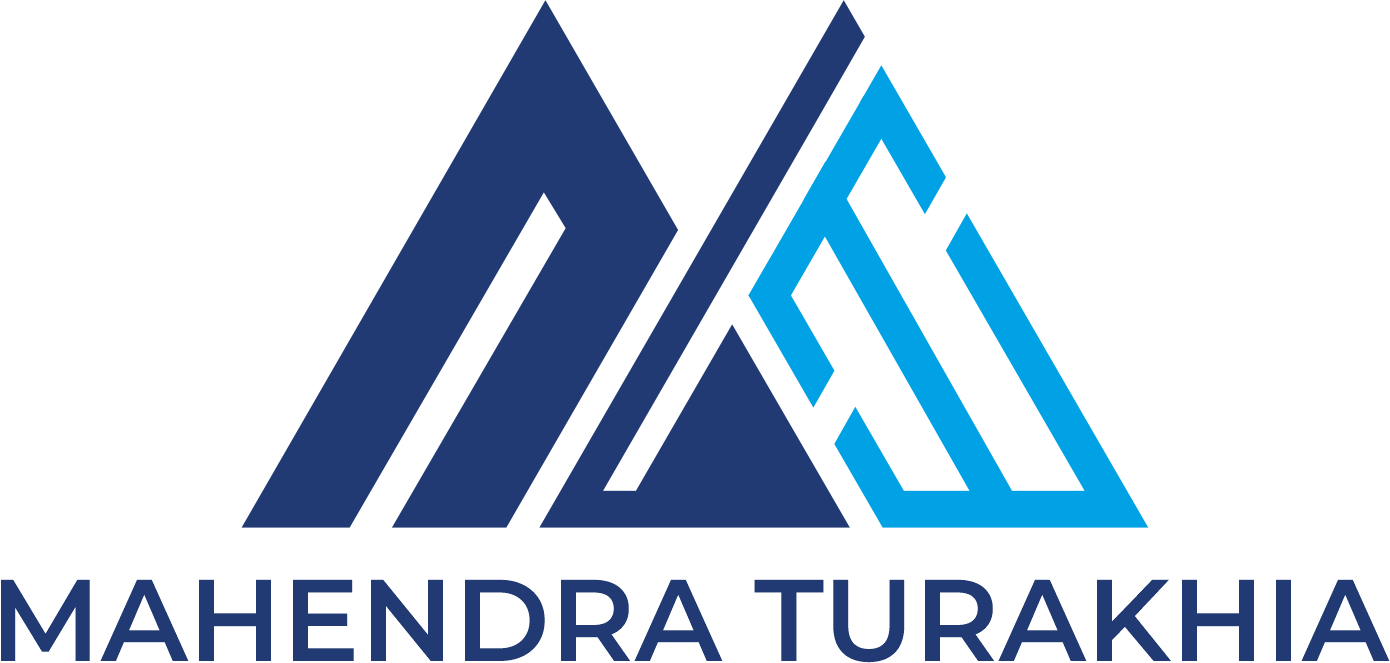
Effective tax planning is essential for Indian professionals and entrepreneurs looking to optimize their income and minimize their tax burden legally. A well-thought-out tax strategy can help individuals save money and reinvest those savings into their businesses or personal financial goals. This blog outlines key tax planning strategies to help Indian professionals and entrepreneurs maximize deductions and savings.
1.Understand Your Tax Bracket
The first step in tax planning is to understand your tax bracket. In India, the Income Tax Department categorizes taxpayers into different slabs based on their income. Knowing where your income falls helps you plan better. The current tax slabs under the old and new tax regimes differ, and it’s essential to analyze which one works best for you.
Strategy: Compare the deductions and exemptions available under the old regime with the lower tax rates in the new regime to determine which offers more savings for your income and expenses.
2.Maximize Section 80C Deductions
Section 80C of the Income Tax Act is one of the most popular ways to reduce taxable income. You can claim deductions of up to ₹1.5 lakh annually by investing in or spending on specific avenues. These include:
- Employee Provident Fund (EPF): Contributions made to EPF by salaried individuals qualify for 80C deductions.
- Public Provident Fund (PPF): A long-term savings scheme with tax-free interest and returns.
- Equity-Linked Savings Scheme (ELSS): A mutual fund scheme with a lock-in period of 3 years, offering potential for higher returns and tax deductions.
- Life Insurance Premiums: Premiums paid for life insurance policies for yourself, your spouse, or your children.
- National Savings Certificate (NSC) and Fixed Deposits (FDs): Investments in these instruments are eligible under Section 80C.
Strategy: Prioritize investments that not only provide tax deductions but also align with your long-term financial goals. For instance, ELSS is beneficial for those willing to take on market risk for potentially higher returns.
3.Utilize Additional Deductions Beyond Section 80C
While Section 80C provides a significant deduction, there are other sections that can help reduce taxable income:
- Section 80D: Deductions for medical insurance premiums paid for self, spouse, children, and parents. You can claim up to ₹25,000 for premiums for yourself, your spouse, and children, and an additional ₹50,000 if covering senior citizen parents.
- Section 80E: Deduction on interest paid for an education loan. This deduction can be claimed for up to 8 years from the start of loan repayment.
- Section 80G: Deductions for donations made to charitable organizations and relief funds.
Strategy: Consider contributing to charitable causes or securing health insurance for your family, which not only ensures peace of mind but also lowers taxable income.
4.Claim Home Loan Deductions
Owning a home comes with its tax benefits. If you have taken a home loan, you can claim:
- Section 24(b): A deduction of up to ₹2 lakh per year on interest paid on home loans.
- Section 80C: Principal repayment on the home loan can also be claimed within the ₹1.5 lakh limit.
Strategy: If you’re planning to buy property, consider structuring your home loan in a way that maximizes both interest and principal deductions. Joint home loans taken with a spouse or family member allow both parties to claim deductions.
5.Take Advantage of Business Expenses
For entrepreneurs, ensuring that legitimate business expenses are claimed is crucial. These expenses can include:
- Office Rent and Utilities: Rent, electricity, and internet expenses for your office or business space.
- Business Travel and Meals: Expenses incurred for work-related travel and meals with clients.
- Depreciation on Assets: Deducting the cost of business equipment like computers, furniture, and vehicles over their useful life.
Strategy: Maintain detailed and accurate records of all business expenses. This ensures you can substantiate your deductions during tax assessments and audits.
6.Consider the Standard Deduction and Other Exemptions
Salaried professionals are entitled to a standard deduction of ₹50,000. Additionally, exemptions like the house rent allowance (HRA) and leave travel allowance (LTA) can further reduce taxable income.
Strategy: Ensure that your salary structure is optimized to include allowances like HRA and LTA. Consulting with a financial planner or HR professional can help maximize these exemptions.
Conclusion
Tax planning for Indian professionals and entrepreneurs is not just about saving money but about making informed financial decisions that align with your personal and business goals. By leveraging the available tax deductions and exemptions and understanding the nuances of the tax regime, you can minimize your tax burden and retain more of your hard-earned income. Staying informed and proactive with tax planning can contribute significantly to long-term financial success and growth.
